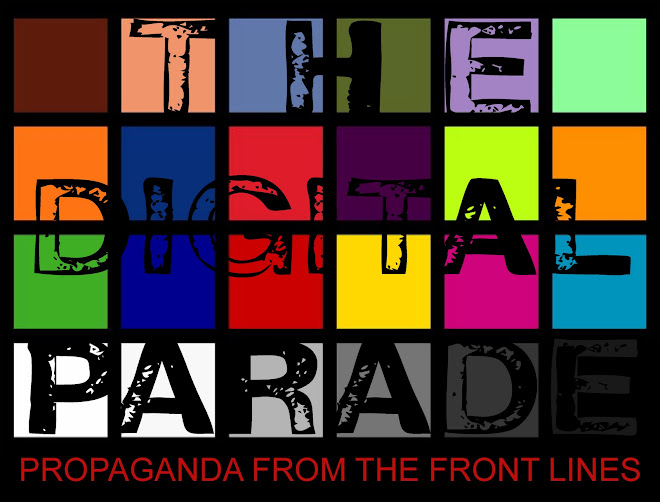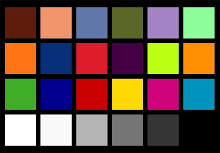
OK, so this product has been on the market for about a year now. It was aimed at the prosumer video shooters as a way to bypass a camera's internal, and most likely inferior, recording codec by capturing a HD stream via the robust Sony XDCam codec at a very impressive max 280 Mbps.
There are many things to like about the nanoFlash. But the most important is the fact that this little device (measuring approx. 4"x4"x1" and weighing in at under a pound) records your choice of Quicktime or MXF files (and a couple others) directly to solid state media. In this case, pro-level compact flash cards. What this means is that for a mere $3K you can enter the fantastic realm of a simple data-centric workflow and leave all your tapes (and tape decks) behind. Because the nano is built and engineered by an independent company, Convergent Designs, you are not tied into any proprietary recording format or recording media. And because this unit accepts both SDI and HDMI (mini) inputs you can use it to record just about anything that will send out a HD signal.
A few tech specs: the nanoFlash is an 8-bit video recording device that delivers 4:2:2 color sampling at selectable compression bit rates. For max quality you want I-Frame at 280 Mbps. What does this mean for a 4K Digital Intermediate? Capturing at 8-bit instead of 10-bit will reduce your dynamic range. And 4:2:2 won't give you all the color information that a 4:4:4 recording will. But if you've got the cash for a 4K DI then you're probably shooting film anyway.
So what about the small screen? Last time I checked the max bit rate of HDTV broadcasts was a mere 19.4 Mbps. Not to mention that what's sent over the air is usually 4:2:2 at 8-bits. The nanoFlash has the ability to deliver fantastic picture quality for episodics and commercials. 'Nuff said.
Why spend the cash on HDCAM SR when you can Velcro a nano on the side of your F35? Shooting Panalog on a Genesis? The nano can record it. What about RED? Though the R3D workflow has dramatically improved it can still be a pain. So if you're OK with 720p, why not dial in a good lookin' image via the RED Video Menu and capture it with a nanoFlash? And though the current Canon 5D Mark II doesn't output full raster images via it's HDMI out perhaps the next interation will. And then, nano-it!
The truth is this little box can cut your post-production costs dramatically. With new high-end digital cinema cameras hitting the streets everyday the nanoFlash can be your secret weapon. A file-based workflow is inevitable. It holds the promise of immediacy, redundancy, and affordability. Flash memory will get cheaper. CPUs will get faster. And 1s and 0s can already be infinitely copied and stored.
Panasonic had it right when they introduced their P2 workflow. RED got it right when they decided to record directly to CF cards. Everyone is excited about Arri's ALEXA because it can record Apple ProRes files directly to flash memory. And Sony may be late to the game, but they'll be updating their HDCAM SR format to record directly to solid-state media as well.
The thing is, the nanoFlash is already here, it's non-proprietary, it's inexpensive, small, draws almost no power (6.5 watts when recording), and works like a charm. No wonder I own two of them...


No comments:
Post a Comment